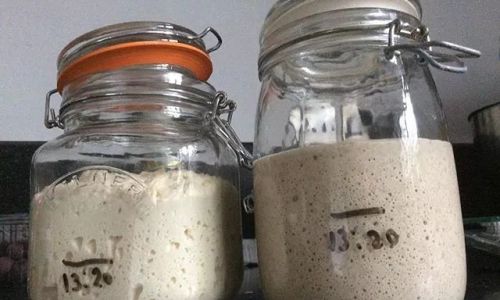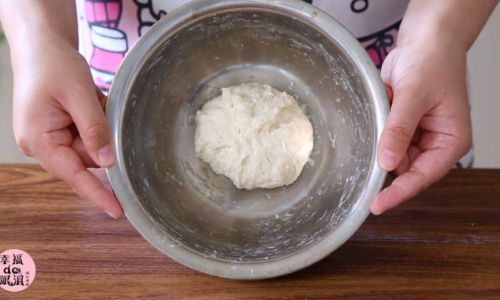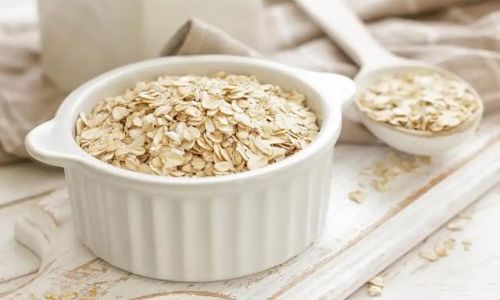In the realm of baking, starter dough, often referred to as “old dough,” “sourdough,” or “levain,” plays a pivotal role in creating breads with unique flavors, textures, and aromas. This living, fermenting agent is a blend of flour, water, and wild yeast and bacteria that, over time, develop a complex flavor profile sought after by discerning bakers. However, maintaining a starter can be challenging, especially for those who bake infrequently or wish to preserve their starter for future use. This leads to a common question among home bakers: Can starter dough for fermentation be frozen for preservation?
Understanding Starter Dough
Before diving into the intricacies of freezing starter dough, it’s essential to grasp its fundamental nature. Starter dough is essentially a culture of microorganisms, primarily yeast and lactic acid bacteria, that feed on the starches and sugars in flour, producing carbon dioxide and various acids. These metabolic byproducts are what give sourdough bread its signature tangy taste and airy texture.
Maintaining a starter involves regular feedings—adding fresh flour and water to rejuvenate the microbial activity. If left unfed, the starter will eventually starve and become inactive, losing its ability to leaven bread. Therefore, bakers often seek methods to extend the life of their starters, and freezing emerges as a potential solution.
The Science Behind Freezing Starter Dough
Freezing is a preservation technique that slows down biochemical reactions, including microbial activity. By lowering the temperature, the metabolic processes of yeast and bacteria are drastically reduced, effectively pausing their growth and activity. This state of dormancy can extend the shelf life of starter dough for months, provided the freezing and thawing processes are handled correctly.
Freezing Starter Dough: Step-by-Step Guide
-
Preparation:
Before freezing, ensure your starter is active and healthy. This means it should have a consistent rise and fall pattern and a pleasant aroma. Feed your starter as usual, allowing it to reach its peak activity—typically when it has doubled in size and shows bubbles on the surface.
-
Portioning:
Decide how much starter you want to freeze. It’s practical to portion it into smaller amounts, as this makes thawing and using the starter more convenient. Each portion should be sufficient for one or two baking sessions. -
Packaging:
Use airtight containers or freezer-safe bags to store the starter. Label each container with the date and the amount of starter inside. Removing as much air as possible from the bags before sealing helps prevent freezer burn. -
Freezing:
Place the containers in the freezer, ensuring they are not in direct contact with other frozen items that could cause punctures or leaks. For best results, position them in the coldest part of the freezer, typically the back.
Thawing and Reviving Frozen Starter Dough
Thawing frozen starter dough requires patience and care to ensure the microorganisms resume their activity without harm. Here’s how to do it:
-
Thawing Process:
Remove the desired portion of starter from the freezer and place it in the refrigerator overnight. This gradual thawing helps prevent the formation of ice crystals that can damage the yeast and bacteria.
-
Preparation for Use:
Once thawed, transfer the starter to a clean bowl. It may appear sluggish or separated; this is normal. Gently mix it to combine any liquid and solid parts. -
Feeding:
Feed the starter with fresh flour and water, following your usual ratio. Allow it to sit at room temperature for several hours or until it shows signs of activity—bubbles forming and a slight rise in volume. Depending on its initial state, this could take anywhere from a few hours to a full day. -
Additional Feedings:
Sometimes, a second feeding might be necessary to fully revive the starter. This step ensures it is strong and active enough to leaven your bread effectively.
Considerations and Troubleshooting
- Moisture Loss: Freezing can cause moisture loss, leading to a drier starter. Feeding with additional water can help restore its consistency.
- Flavor Changes: After thawing and reviving, the starter might have a slightly different flavor due to the slow metabolism of yeast and bacteria during freezing. A few feeding cycles can help it regain its characteristic taste.
- Freezer Burn: Proper packaging is crucial to prevent freezer burn, which can kill the microorganisms and alter the starter’s texture and flavor.
Conclusion
In summary, freezing starter dough for fermentation is a viable option for preserving your precious leavening agent. By following the steps outlined—from preparation and portioning to freezing and thawing—you can ensure your starter remains viable and ready to use when inspiration for baking strikes. Remember, patience and attention to detail are key to successfully freezing and reviving your starter, allowing you to enjoy the delights of homemade sourdough bread whenever you desire.






0 comments